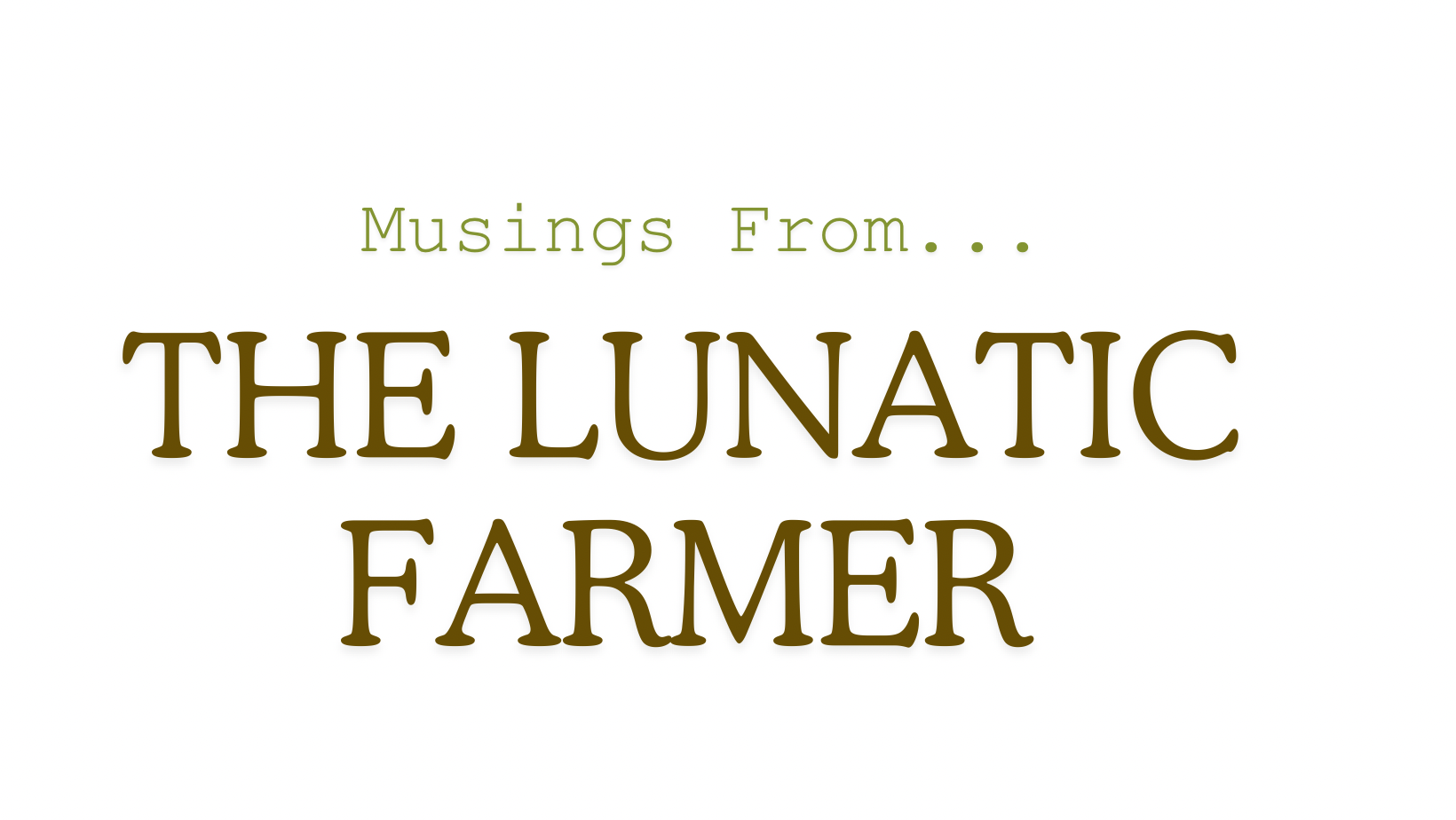FARM SUBSIDIES
I've been in Iowa the last couple of days doing a farm consult and then a homestead summit. One of the other speakers was D. C. Savage whose book Agritopia tackles the crop insurance/farm subsidy program.
In my Shenandoah Valley, we certainly have gullies from erosion, but even our worst ones are not as bad as the ones in Iowa. Blessed with 30 feet of loam soil, Iowa did not present me with a single rock the 70 miles from Des Moines to Lamoni. The rich, black soil is the envy of the world. But it's fragile and 20 foot deep gullies cut into the landscape are not unusual. It's heartbreaking. Our farm has gullies left over from erosive plowing, but by 10 feet down you hit solid rock. Not so Iowa.
This is corn and bean country. Savage said between 1995 and 2023 Iowa alone received $24,552,000,000 in USDA crop subsidies. That's just one state and the system is rigged against small and mid-sized farms (small is less than $350,000 gross income per year; mid-sized is $350,00-$1 million gross income per year). Because I don't participate in any of these programs, I don't understand them, but I can certainly appreciate the scale-prejudicial aspect because that's consistent throughout all government market interventions.
The nearly $1.5 billion in bird flu extermination payments have largely gone to 3 major companies. By the way, these payments don't go to farmers; they go to the corporations that own the birds. In the vertically integrated poultry industry, farmers own the land and houses but not the animals. Of course, that gives the farmer no say in who comes on their farms, what decisions are made about the chickens, etc. Farmers voluntarily sign up for this serfdom. Duh.
The more than $1 billion annual crop subsidies to Iowa, of course, only go to a couple of things. The program covers 6 things: corn, soybeans, wheat, sugarcane, rice, and cotton. Iowans don't grow sugarcane, rice, and cotton. They grow corn, soybeans and a little bit of wheat.
"Farming the government" is now a rural pastime, with farmers' decisions dominated by intrusive and perverse government programs. Anyone who thinks America's farmscape demonstrates free market capitalism doesn't have a clue about what is actually going on.
Iowa imports 95 percent of its food. Only 5 percent of what Iowans eat is grown, processed, packaged, and sold in the state. I did a live audience-driven economic comparison between growing corn and cows and cattle beat corn by about $200 an acre. This is one of my favorite exercises when I get into the heart of cropland, America. Without the subsidies, which have pushed raw farmland higher than $20,000 an acre in Iowa, farmers might start making better decisions.
From a policy perspective, the most important thing we can do as a society is to incentivize good decisions. The worst thing is to incentivize bad decisions. Even supposed conservation grants hurt the ecology. Stationary water systems rather than mobile. Permanent fencing instead of mobile fencing. It's all negative.
What a difference it would make if every government action started with the question: "How can we encourage good decisions?" Clearly, if $10 billion in Supplemental Nutrition Assistance Program (SNAP) benefits are buying high fructose soft drinks, the program is not encouraging good nutrition decisions.
Can you think of ANY government program that encourages good decisions?
